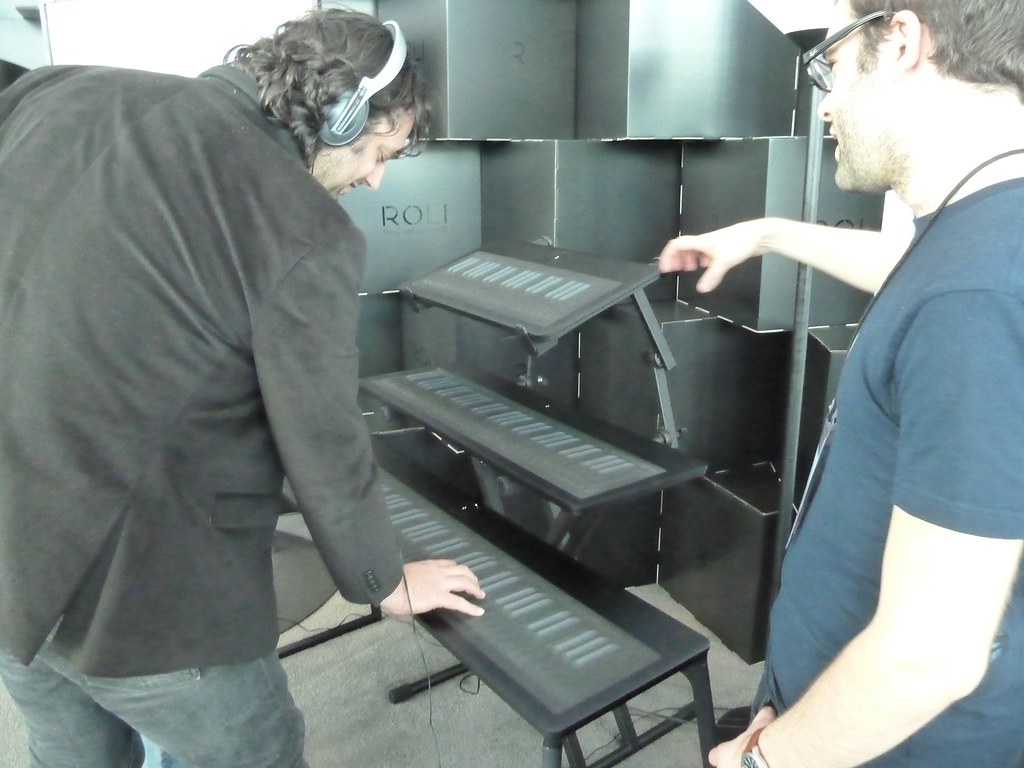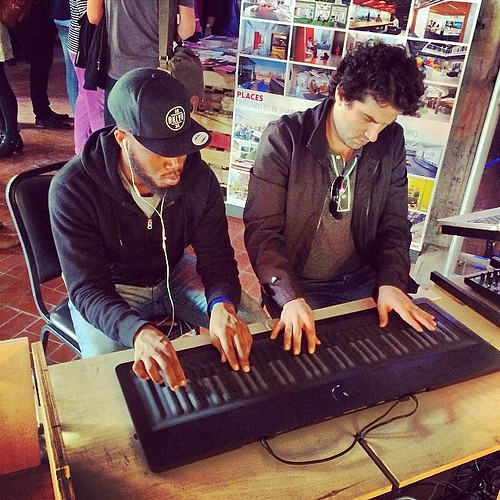
MPE (MIDI Polyphonic Expression) was developed by a group of manufacturers, including ROLI, Haken Audio, and others, and was first introduced in 2015. The development of MPE was driven by a desire to create a new standard for MIDI that would allow for more expressive and nuanced performances on electronic instruments. Since its introduction, MPE has gained widespread adoption among musicians and has become a standard feature in many modern synthesizers, controllers, and software packages.
MPE stands for “MIDI Polyphonic Expression,” which is an extension of the MIDI (Musical Instrument Digital Interface) protocol that allows for more expressive and nuanced control over electronic instruments, especially those that are capable of polyphonic synthesis. MPE enables each note to have its own set of performance parameters, which can be independently controlled, resulting in more natural and expressive performances.

How MPE works
In traditional MIDI, all notes on a single channel receive the same performance messages such as pitch bend, modulation, and aftertouch. This limits the ability to control individual notes and can result in a performance that sounds robotic or monotonous. MPE solves this problem by assigning each note a unique “note channel,” which can be independently controlled. This means that musicians can control the pitch bend, pressure, and other performance parameters for each note individually.
MPE-compatible instruments and software can also use additional messages such as “slide” and “lift,” which enable smooth transitions between notes, and “timbre” and “pressure,” which enable more nuanced control over the sound of each note. These messages enable musicians to achieve a greater degree of expressiveness and control over their performances.
Here are some specific things that MPE enables musicians to do:
- Control individual notes: With MPE, each note can be assigned its own set of performance parameters, which can be independently controlled. This allows musicians to create performances that are more natural and expressive, with more nuanced control over each note.
- Use advanced performance techniques: MPE-compatible instruments and software can take advantage of additional messages such as “slide” and “lift,” which enable smooth transitions between notes, and “timbre” and “pressure,” which enable more nuanced control over the sound of each note. This enables musicians to use advanced performance techniques that would be difficult or impossible to achieve with traditional MIDI.
- Play with greater expression: Because MPE allows for more precise control over individual notes, musicians can play with greater expression and nuance. This means that performances can sound more natural and dynamic, with a greater range of emotions and moods.
- Collaborate more easily: MPE makes it easier for musicians to collaborate on projects, as each individual note can be edited independently. This means that different musicians can contribute to a project and still maintain their own unique playing styles and techniques.
Overall, MPE enables musicians to achieve more natural and expressive performances on electronic instruments. By providing greater control over individual notes, MPE allows for more advanced performance techniques and greater collaboration between musicians. MPE has become increasingly popular in recent years, and is now a standard feature in many modern synthesizers, controllers, and software packages.
MPE has become increasingly popular in recent years, especially in the world of electronic music. Many modern synthesizers, controllers, and software packages support MPE, and it has become a standard feature in some cases. MPE is a significant advancement in MIDI technology, allowing musicians to achieve more expressive and natural performances on electronic instruments.










































































































